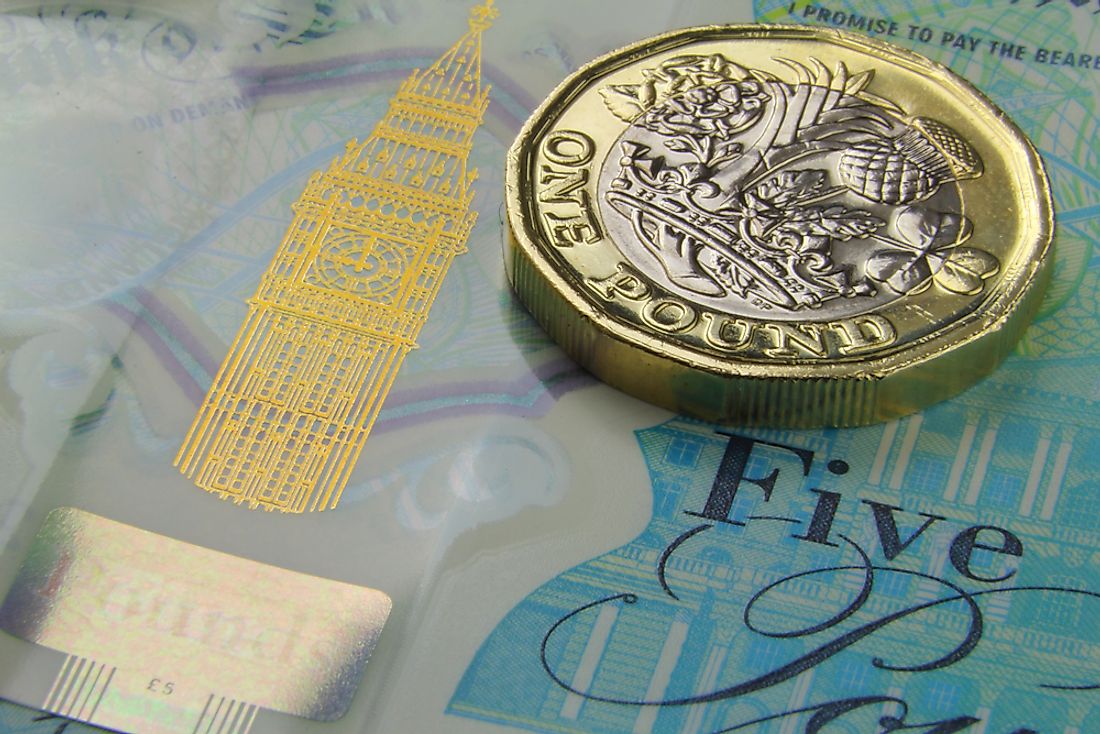Countries That Use the Pound

Every country uses a form of currency for its commercial activities. Each currency holds a certain amount of value in relation to another. There are more than 180 currencies in circulation in the world markets today with the pound being the most common and it is the oldest in the world still in use today.
Egypt
The Egyptian Pound is the official currency in Egypt, commonly abbreviated as LE. It dates back to 1834 when the pound was introduced through a decree replacing the then Egyptian piastre. During the First World War Egypt reverted to using the Sterling Pound from the British until 1962. The banknotes in circulation include the £1, £5, £10, £50, £100 and £200. There are plans to introduce the £500 notes soon.
United Kingdom
The Sterling Pound is recognized as the official legal tender in the United Kingdom. It is the world’s fourth most traded currency after the American Dollar, the Euro, and the Japanese Yen. The Sterling Pound dates back to 1158 when King Henry II introduced the Sterling Silver which was the precursor to what is used today. Banknotes in circulation include £1, £5, £10, £50, £100, £200, £500 and £1000.
Lebanon
The Lebanese Pound is the official currency of the Republic of Lebanon. It is denoted by LBP and has been around since 1924. Before the introduction of the Lebanese Pound, the country used the Egyptian Pound before the French created the Lebanese Pound whose value was linked to the French Franc at a rate of £1 LBP = 20 francs. Banknotes currently in use start from £1, £5, £10, £50, £100 and £250.
Syria
The official currency used in Syrian is the Syrian pound that is denoted by LS. The Syrian Pound dated its origins to 1924 when the French introduced the Syrian Pound that was based on the Franc to replace the Egyptian Pound that was in use before that. Banknotes in circulation include £1, £5, £10, £50, £100, £200, £500, £1000 and the most recent note the £2000 that was introduced in 2017.
Sudan and South Sudan
Before the two countries split, the Sudanese Pound was the official currency and had been used since 1956. Before that, the currencies that were in use were the Egyptian Pound which was preceded by the Dinar. The South Sudanese Pound was introduced in 2011 and featured the face of John Mabior Garang with banknotes coming in £1, £5, £10, £50 and £100.
The Gibraltar Pound is the official currency in use in the state of Gibraltar, and it is denoted by GIP. Before the Pound, the currency that was used in the nation was the Spanish Real until 1927 when the current Gibraltar Pound was adopted. The banknotes in use include £1, £5, £10, £20, £50 and £100 each with its color and design. The £5 is green; the £10 is blue, the £20 is orange, the £50 is red, and the £100 is purple. All have the image of Queen Elizabeth printed on the front side.
Which Countries Use The Pound As A Unit Of Currency?
| Rank | Countries | Currency | ISO 4217 code |
|---|---|---|---|
| 1 | Egypt | Egyptian pound | EGP |
| 2 | Gibraltar | Gibraltar pound | GIP |
| 3 | Guernsey | Guernsey pound | GGP |
| 4 | Isle of Man | Manx pound | IMP |
| 5 | Jersey | Jersey pound | JEP |
| 6 | Lebanon | Lebanese pound | LBP |
| 7 | South Sudan | South Sudanese pound | SSP |
| 8 | Sudan | Sudanese pound | SDG |
| 9 | Syria | Syrian pound | SYP |
| 10 | United Kingdom | Pound sterling | GBP |











